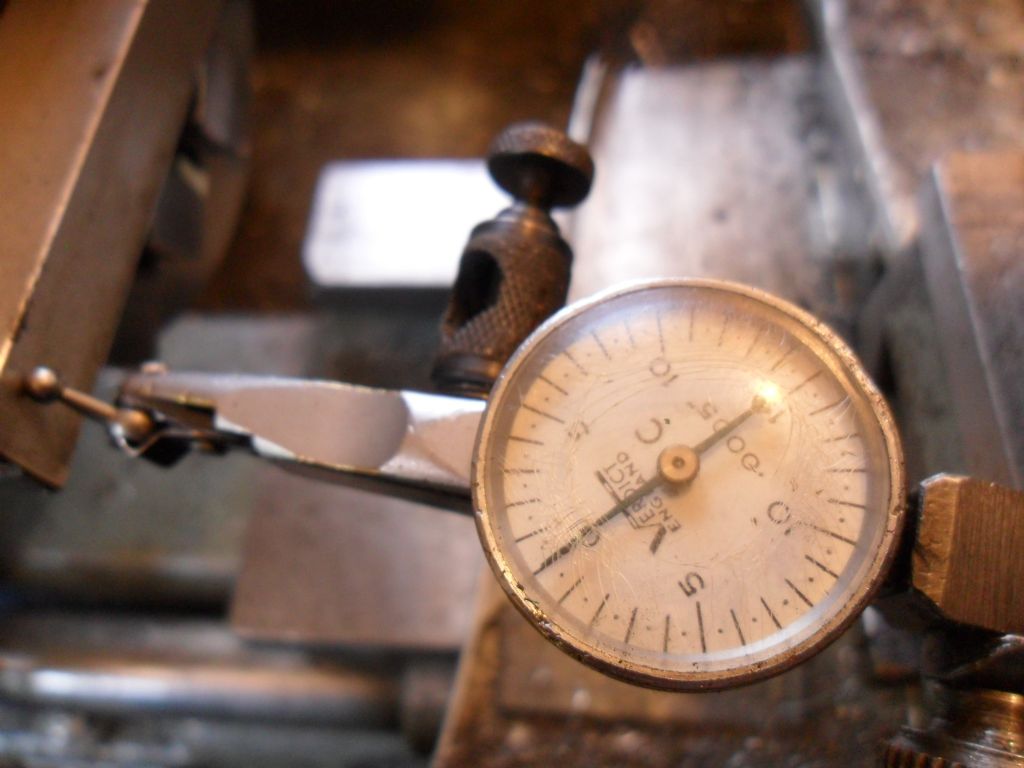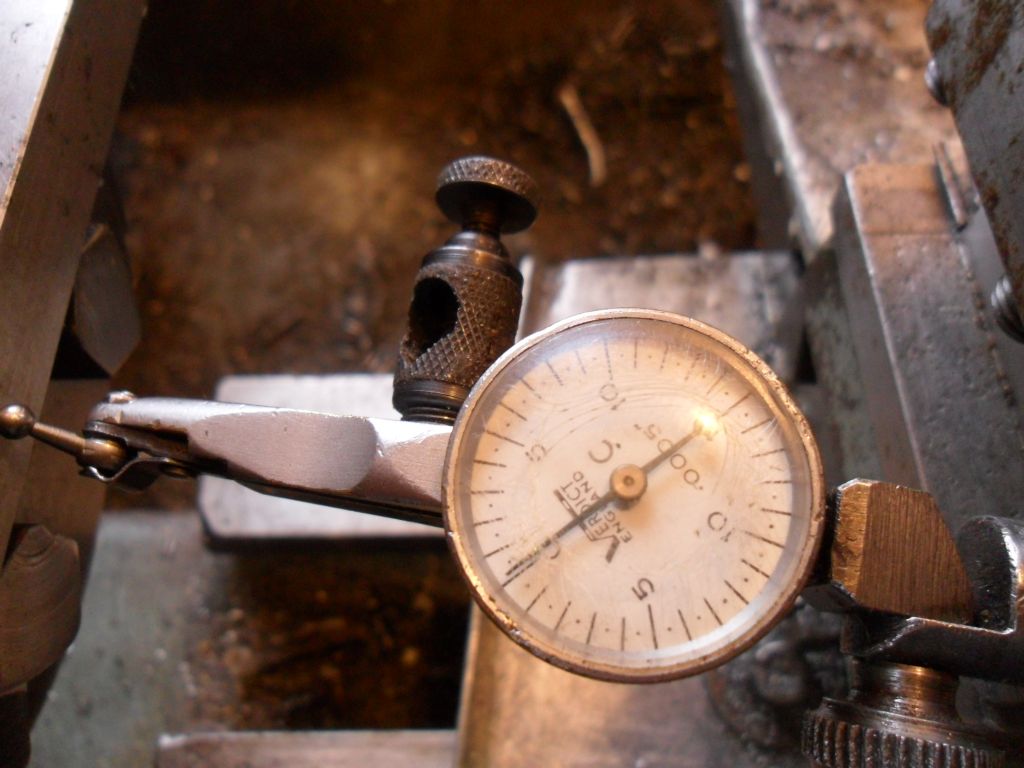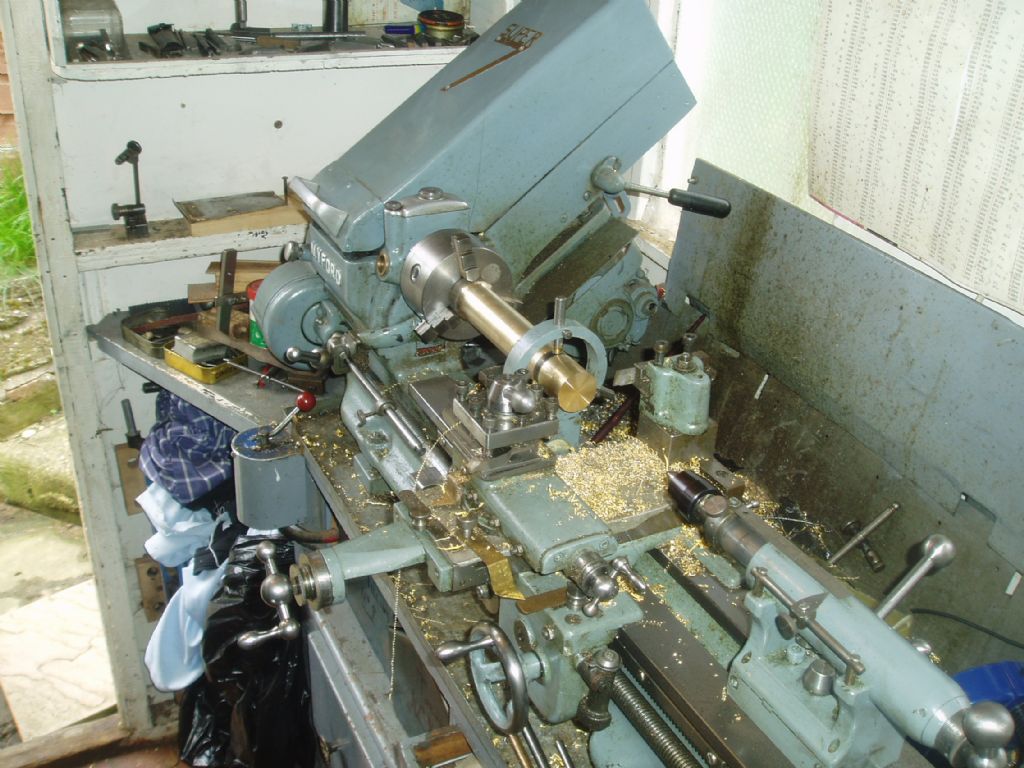Hi David ,
(1) Lathe BED is primary reference .
Cross slide line of action needs to be at right angles to the lathe BED .
Spindle axis needs to be parallel to lathe BED .
Facing off true should then happen automatically on test . If it doesn't investigate further .
(2) If your lathe has rectangular bedway shears then a basic test of cross slide alignment can be done with a large engineers square . Put square to sit true on any shear and use cross slide to traverse dial gauge aginst it . Note readings . Change square to locate on other shear and repeat . For both tests have stock facing the same way on lathe – towards headstock both times or towards tailstock both times . Observation of both sets of readings will tell you exactly how far cross slide is out of alignment .
Usually worth doing test more than once on different bed locations .
If not convenient to run dial gauge against square directly then use an intermediate parallel .
A slightly more sophisticated version of same test will work with raised V ways but you need to make a square with a stock that will engage the V's true . Easiest to make this one more like a T square .
(3) If you just want to do the simple test you asked about in first posting then :
Do all nescessary checks to ensure spindle is parallel to bed first .
Fit any reasonable face plate and draw a diameter line across it .
Set diameter line horizontal and use cross slide to traverse dial gauge across complete diameter of faceplate (or as much as you can reach) . Note readings at several points in traverse ..
Rotate faceplate by 180 degrees and repeat test . Observation of the two sets of readings will tell you exactly how far out of alignment cross slide is .
Drawing a graph is useful but not essential .
Optionally repeat with another randomly chosen diameter line .
(4) Cross slides and other slide actions can be not just out of line but crooked as well – its quite common for a cross slide to be properly aligned in one place and not in another . It's actually quite common for slides on worn machines to run in a very large radius curve rather than straight . Needs to be checked before doing any alignment tests .
There is as usual a lot more to this – ask any questions you like .
Regards ,
Michael Williams .
Edited By MICHAEL WILLIAMS on 13/05/2013 17:27:19
Nobby.







